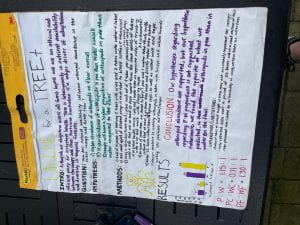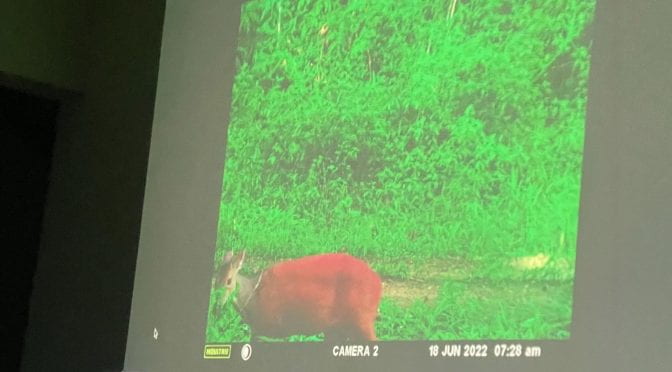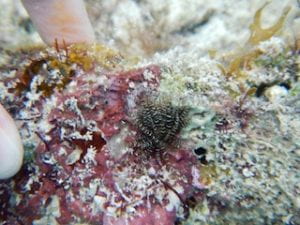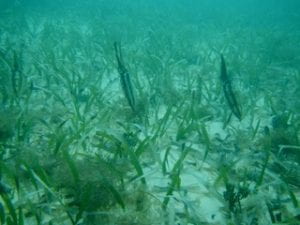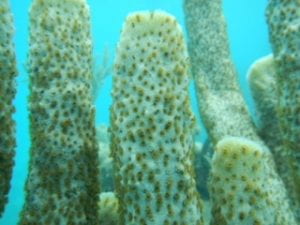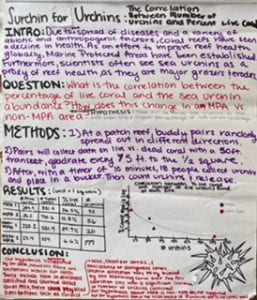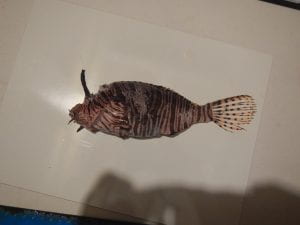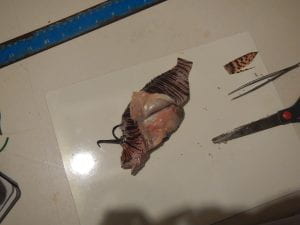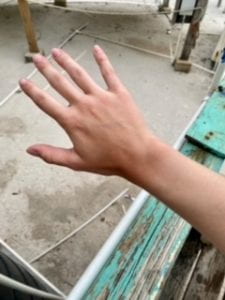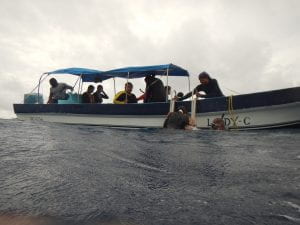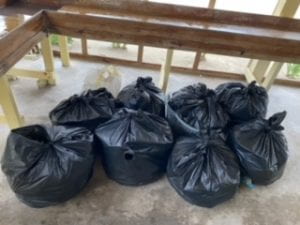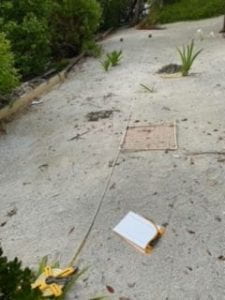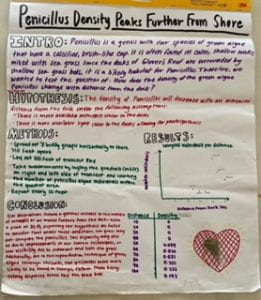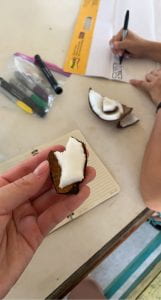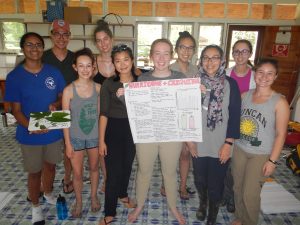Hi all, it’s Faith with Day 12 updates from the 2022 Belize trip…
This morning we woke up and prepared to leave Lac Cuevas. I enjoyed my morning hot-chocolate-coffee, and then joined the group at 8 to collect our pee samples from the forest.
We didn’t see any reptiles on out hike, but we did see lots of fungi from the rains. We did this hike rather speedily, so I don’t have much to report on. Afterwards, we worked on out poster and analyzed our findings. Our data supported our hypothesis by 66%. We did find more arthropods on the forest floor, and more were attracted to the pee samples over all. However, the ratios between pee:water on the floor was actually greater than that of the canopy. Our study had many limitations such as a short data collection time, inability to identify some insects, and having flagging tape on our trees. All of these could have skewed our data.
After we analyzed the data, or group split into two teams. One team went and collected the cameras, while my team stayed and packed up camp. By 3:00, we were all packed and ready to leave Las Cuevas. My team did make a quick run to the frog pond to grab the last camera; however, we didn’t see any fauna on that trip either. I wish I could have gone on the hike to retrieve the cameras, but our teams method was much more efficient
After a 4 hour car ride, we made it to Midas Resort in San Ignacio. We plan on staying here until our flight tomorrow… I’m so sad that tomorrow will be my last Belizean breakfast; I will miss the fryjacks, eggs, and beans.
Goodbye Belize!
QOTD: “If you really have to, you could pee in a waterbottle. We are all really good at that now.”

